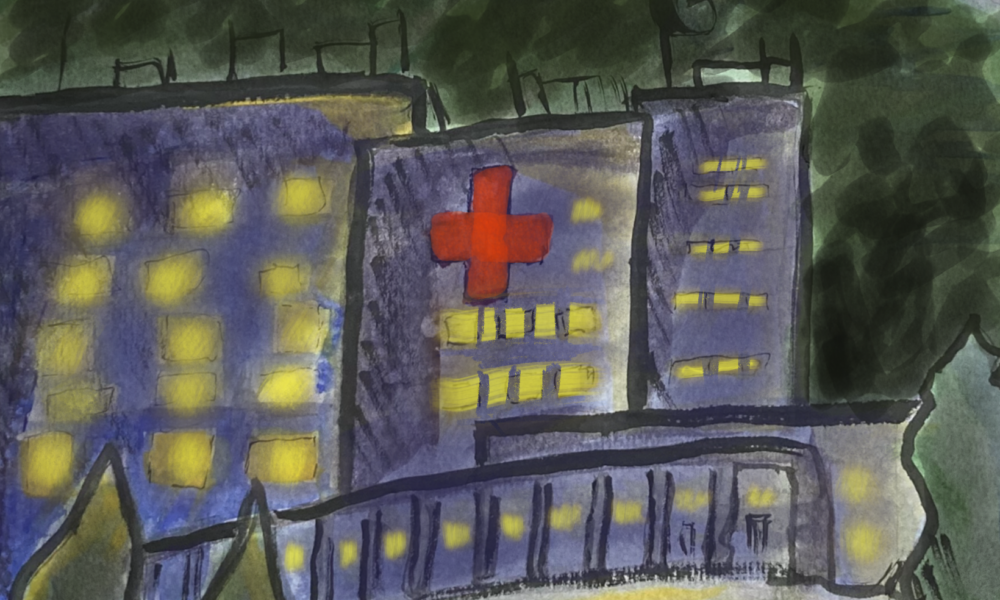Sept. 28, 2025, marks five years since the death of Joyce Echaquan, a 37-year-old Atikamekw woman who died of pulmonary edema—fluid accumulation in the lungs—due to medical negligence in a northern Montreal hospital, Centre Hospitalier de Lanaudière. Joyce livestreamed the persistent mistreatment and discrimination she endured while seeking medical attention, sparking public outrage over the racist practices and lack of cultural safety. This ultimately led to the development of Joyce’s Principle: A call to action that aims to end systemic racism by guaranteeing Indigenous Peoples’ equitable access to all social and health services without discrimination.
In a recent study in the Journal of Transcultural Nursing, Hilah Silver, a doctoral researcher in McGill’s Department of Family Medicine, aimed to design culturally safe practices for Indigenous birth in a Montreal high-risk obstetrical unit following Joyce’s Principle.
Transfers to specialized obstetric care units prevent pregnant people from getting critical community and family support. They also limit access to traditional Inuit and Cree perinatal traditions and foods; this detachment is one of the primary stressors evacuees face. These observations motivated a working group of perinatal nurses and physicians in the high-risk obstetrics unit to develop short-term cultural safety interventions alongside Indigenous collaborators that are already driving meaningful impact.
“[We] focus on a sense of safety and respect as defined by the communities themselves, and how that gets embedded and realized in the services provided,” Silver explained in an interview with The Tribune.
The study also used a participatory research framework, ensuring that Indigenous stakeholders participated in the conceptualization, design, and continuous involvement in research processes. Together, Joyce’s Principle and the participatory research framework guided the development and implementation of interventions to address the negative consequences associated with maternal evacuation.
In phase one, Silver and an Inuk researcher consulted 14 Inuit and Cree participants and 26 Indigenous and non-Indigenous perinatal providers to operationalize Joyce’s Principle within the unit.
“A lot of the community consultations took place during the pandemic,” Silver noted. “[It was] incredibly challenging to navigate.”
Even so, the consultations centred community-defined safety and generated a clear set of priorities for change. Four key interventions were distilled in the second phase: Developing and testing an Indigenous-led cultural safety training program for perinatal staff; increasing family presence and support during childbirth; improving access to traditional country foods; and supporting Inuit and Cree perinatal traditions.
The cultural training program involved two online presentations. The first was an introductory presentation led by the Nunavik liaison midwife, focusing on Inuit health, the realities of northern living, and the current healthcare system in Nunavik. The second was given by a Cree midwife and a patient partner on informed choice versus informed consent. These were followed by in-person workshops with Inuit midwives to deepen understanding of perinatal traditions and methods of supporting families in the context of evacuation.
Staff completed questions before and after the training, demonstrating that this program not only provided knowledge of cultural safety, but also increased the use of the knowledge in practice. Although evaluating Cree and Inuit satisfaction with the interventions and their impact on maternal-infant health outcomes is ongoing, Silver explained that the independent impact assessment of the Inuit midwifery workshop was positive.
“It showed an important increase in our hospital staff’s sense of ability to act on, and be aware of their knowledge and actions about cultural safety,” Silver said.
Alongside the workshop series, the team expanded visitor policies, installed food storage facilities, and expanded access to Inuit and Cree cultural items and perinatal traditions. Initial feedback on these interventions was encouraging, indicating rapid uptake and promise for meaningfully improving outcomes.
Ultimately, this demonstrates how Joyce’s Principle can move from pledge to practice, and illustrates the importance of keeping collaboration at the centre of the design, implementation, and evaluation of research. Continued efforts such as these are vital for decolonizing medical frameworks and ending systemic racism embedded in healthcare in Quebec and beyond.









